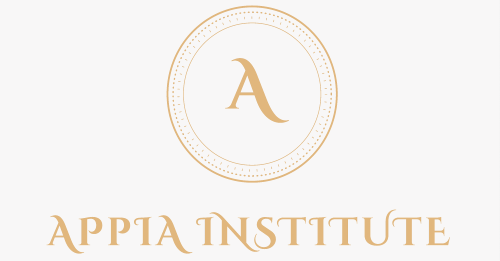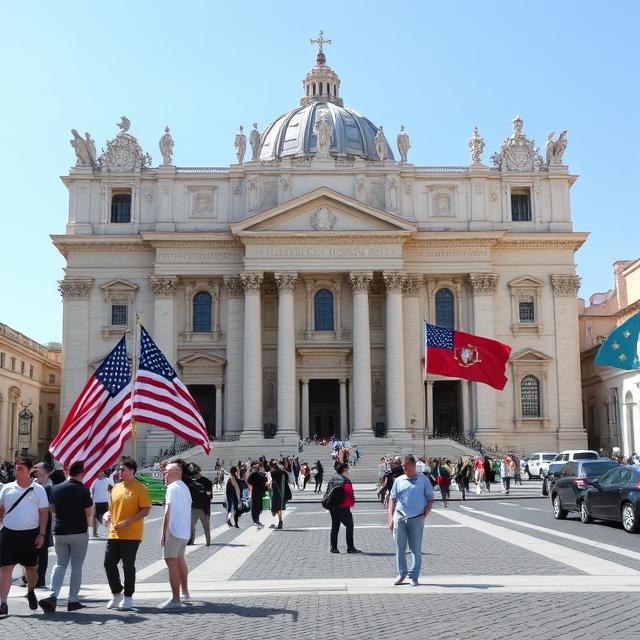
The Vice President’s trip to the Vatican in the wake of controversial and earth-shattering tariffs is a dialogue between the super hard power and the super soft power of the world. The consequences could usher in a new era.
The April 18-20 meeting between US Vice President JD Vance and representatives of the Holy See—likely the Pope and Secretary of State Pietro Parolin—will be a significant moment in international diplomacy. It comes in the wake of an unparalleled flood of US tariffs set to reshape global trade and economics and, thus, international politics.
The Vatican stands as a formidable hub of soft power, made even more critical as the recent policies of President Donald Trump have weakened American soft power. The Holy See has always been, especially now under Pope Francis, a beacon of freedom, rights, and democracy.
At the same time, however, Pope Francis has emphasized the importance of dialogue and communication channels with authoritarian governments. The Holy See’s relationship with China is both famous and controversial, but equally important in recent years have been the channels with Russia during the war, choosing not to align fully with Ukraine despite its majority Catholic population.
In this context, it will be crucial to observe what the Pope chooses to say to the Trump administration, which many critics accuse of restricting freedom and democratic rights in the United States. On the other hand, in the spirit of dialogue with all, a direct condemnation of the American administration by the Holy See seems unlikely. Then it will be important what Vance says and will ask at the Holy See.
Another key issue is peace. The considered withdrawal of US security commitments in Europe and Asia could trigger an unprecedented nuclear arms race. Reaffirming American security pledges would be vital to preventing an uncontrollable escalation.
Finally, there is the question of the future of the Church and the United States. The Pope’s health raises doubts about whether Francis will remain alive throughout Trump’s four-year term. The election of the next Pope could thus occur under the shadow of this administration. Unlike the current political balance under Francis, the next pontiff might adopt a different stance.
For the Holy See, which thinks in centuries, it is crucial to understand how the United States—currently the linchpin of the global geopolitical order—intends to position itself. If the US unilaterally alters this order, the Holy See will inevitably have to reconsider its approach.
A final element is Asia. Both the United States and the Holy See agree to view Asia as the true strategic center of the future. Here, exchanging views on challenges in the region becomes essential for both parties and the world.
